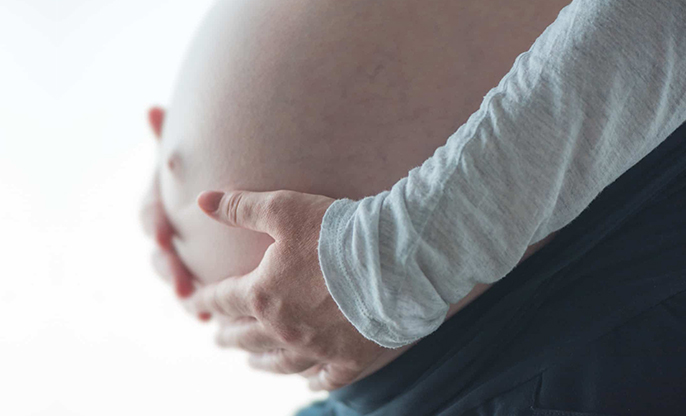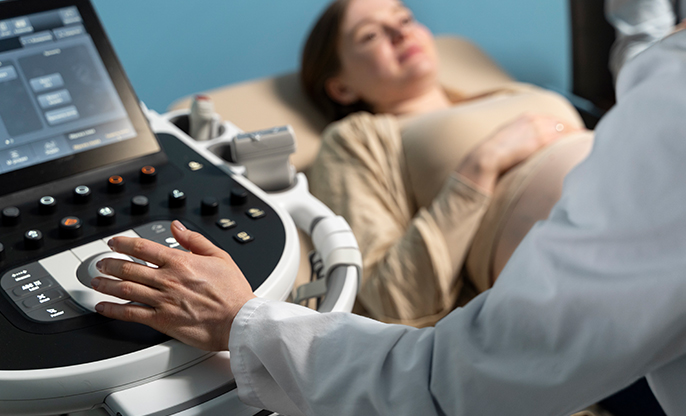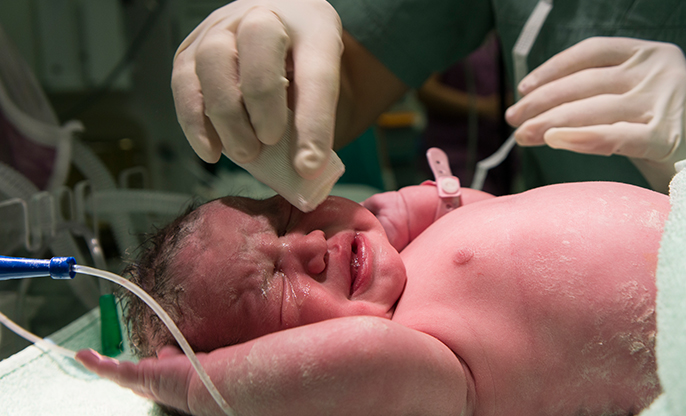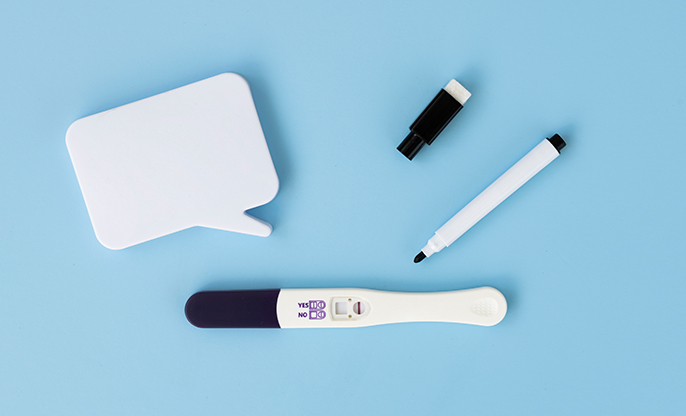
Breech presentations can be risky, and healthcare workers agree with this. They believe it is easier and safer to deliver a baby with the head positioned downwards in the uterus, ready to pass through the birth canal. But, if the baby is fixed in the uterus with the legs downward, as in breech presentation, it can be risky. In this, the baby gets lodged in the mother's pelvis and can get injured or even die if not delivered in time. Is a safe delivery possible if the baby rests in the womb with the bottom and legs downwards?
In a breech presentation, there is a danger of:
- Tearing of a part of the
placenta, thus injuries to the lining of your womb
- Fall in the baby's heartbeat
- The umbilical cord can get
tightly wrapped around the baby.
- The umbilical cord can be blocked or damaged, reducing the oxygen supply to the baby.
Fortunately, there are several options available to help reduce the risks associated with breech births:
- An external cephalic version
(ECV) can be performed to attempt to turn the baby into a head-down
position. The process is usually done between the 32nd and 37th weeks of
pregnancy and has a success rate of around 60-80%.
- Additionally, certain positions
and activities such as walking, swimming, and pelvic tilts can help
encourage the baby to move into a head-down position prior to labor.
- If the baby remains in the
breech position, there are still options for safe delivery. A skilled and
experienced doctor can perform a vaginal breech delivery, which is
considered safe in some instances.
- Alternatively, a cesarean section may be necessary if the baby is too large or there are other complications.
Breech births can be a frightening experience for both the mother and the baby. However, proper care and attention can minimize the risks associated with this type of birth. If you have any concerns or questions about breech births, be sure to speak to your doctor or midwife.
Generally, the healthcare worker can see the baby's positioning toward the end of the pregnancy. Though vaginal births are undertaken to be on the safe side, a C-section is recommended to many mothers. Besides manipulating the lower abdomen, an ultrasound by a skilled provider also helps assess the baby's position.
Forcing or attempting a vaginal birth in a breech presentation can lead to the following:
- Dislocation of arms, legs or
broken bones
- An umbilical cord can get twisted, bent or flattened, cutting off the oxygen supply and leading to brain defects or nerve damage in the fetus.
It is the baby's head or shoulder that poses a threat to smooth delivery. The head is the largest in the baby's body, and the small size of the women's pelvis can stop the baby's easy delivery. The child can get stuck, leading to injury or death. The fact is complications arise only when it's time for delivery.





































